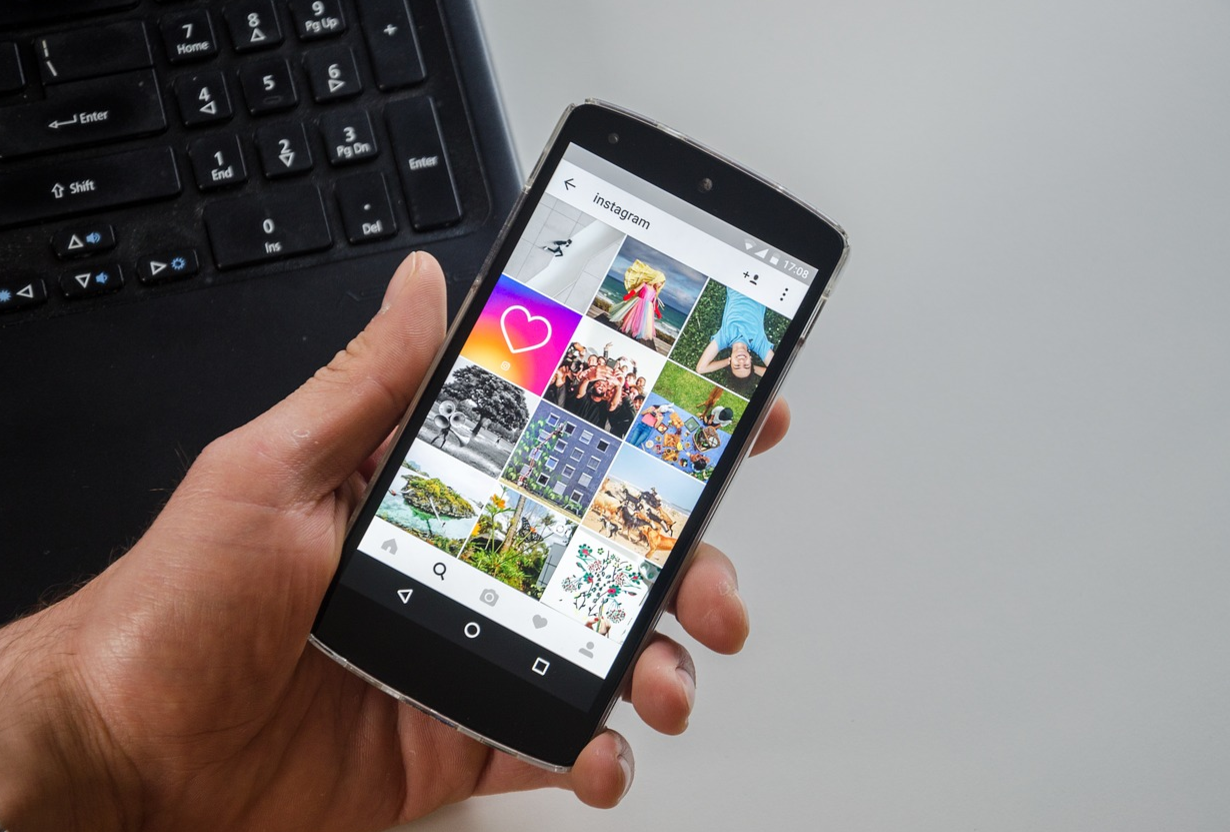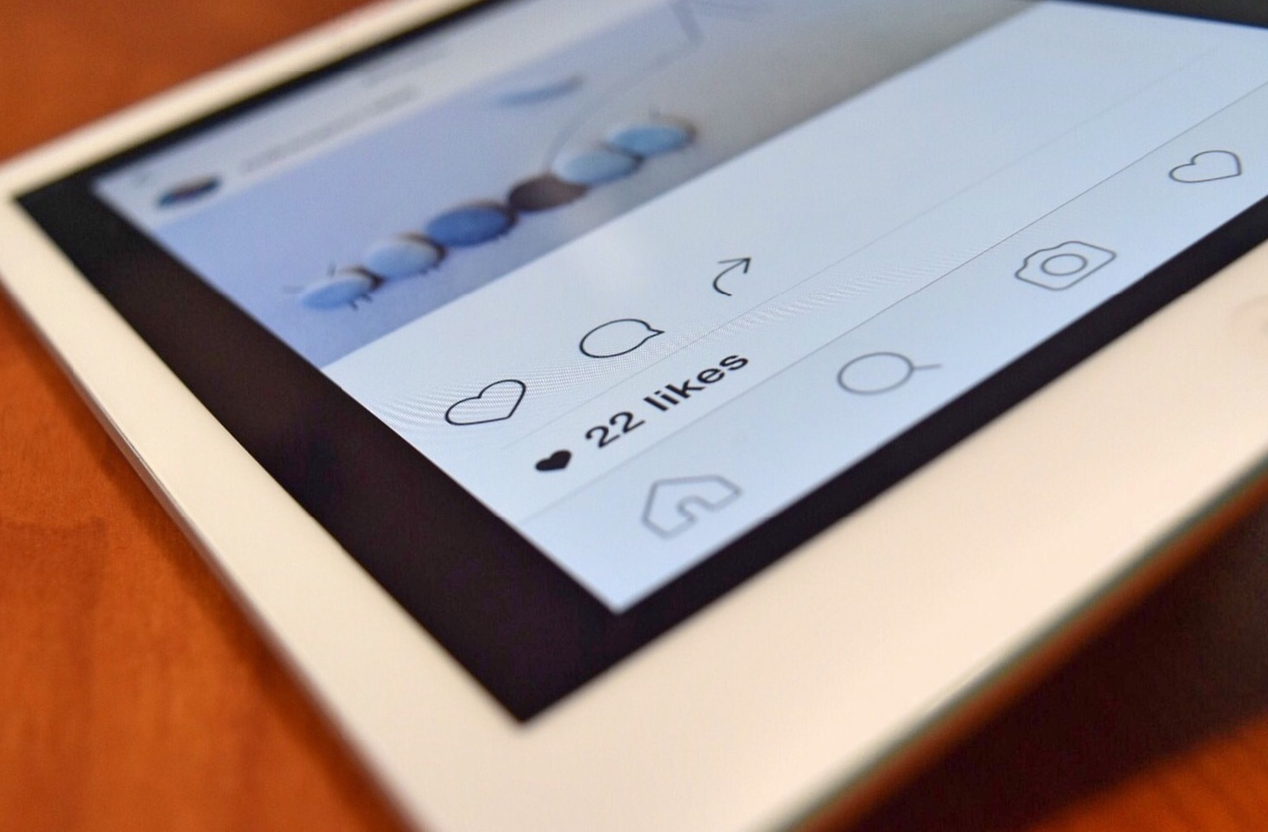5 Ways Instagram Has Become More Like Facebook—For Good or Bad
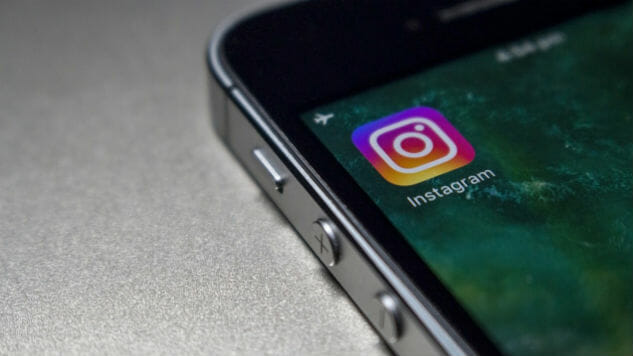
Last week, Instagram announced new features to its platform—marking yet another resemblance to its parent company, Facebook. Since April 2012, when Facebook purchased Instagram from CEO’s Kevin Systrom and Mike Krieger, the photo sharing app has upgraded quite a bit, making it feel less like Instagram and more like a Facebook photo app.
Originally, Instagram was just about sharing photos that were square shaped, which made it distinctive and somewhat nostalgic as the image size and applied filters made your photographs look more like Polaroids than a tradition image on the Internet. It was hip, it was cool and no one was “insta-famous” yet.
While it’s not that shocking to see Facebook turn Instagram into something more in line with its brand (it does own the company, after all) it’s sad and honestly a little scary to think about. One giant tech company has suddenly gained so much control over how we interact on the internet—not to mention all that personal data.
Just exactly how is Instagram becoming more like Facebook? Here are five ways the app has changed since being purchased by the social network.
1. Its logo went from retro to modern
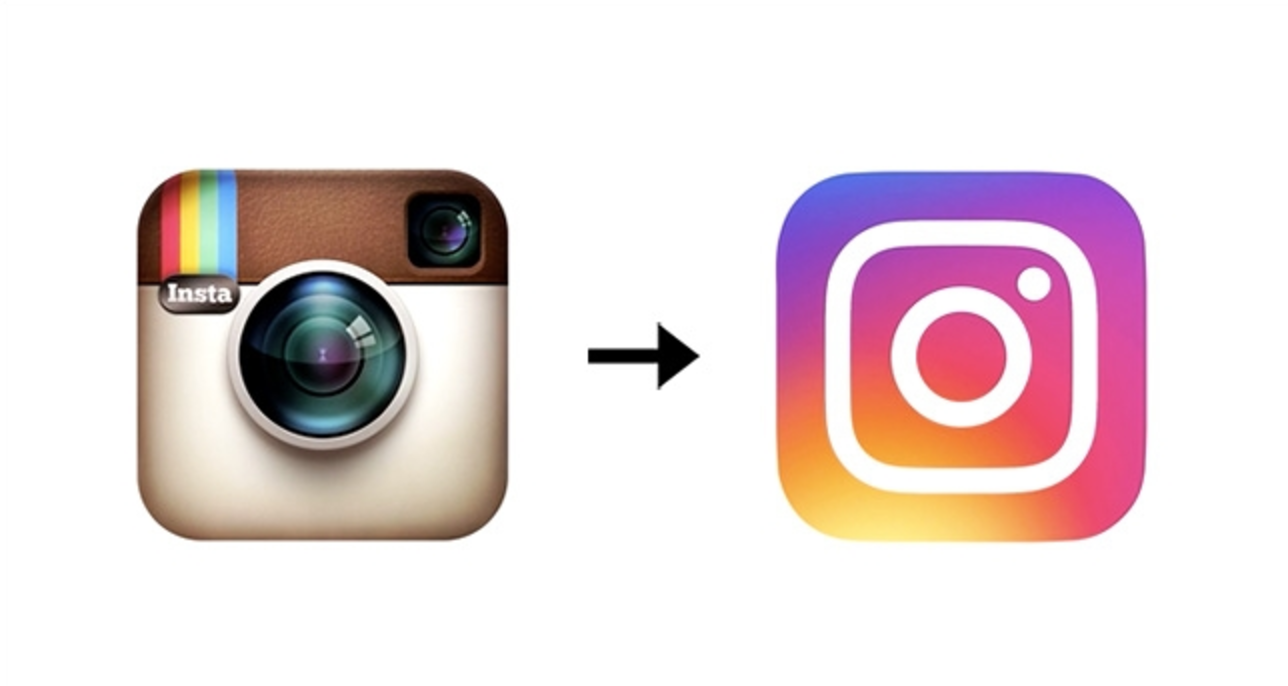
Remember the retro, nostalgic Instagram logo the company had from day one? It was beloved and instantly recognizable. Then earlier this year, Instagram changed its logo to a more modern one that long-time users were not so happy to see.
The new logo blends in nicely next to other tech apps though because that’s exactly what it wanted it to be—something timeless, versatile and modernized. Plus, when you look at it next to the Facebook logo, its clear its part of the family.
2. Advertisements clutter feeds
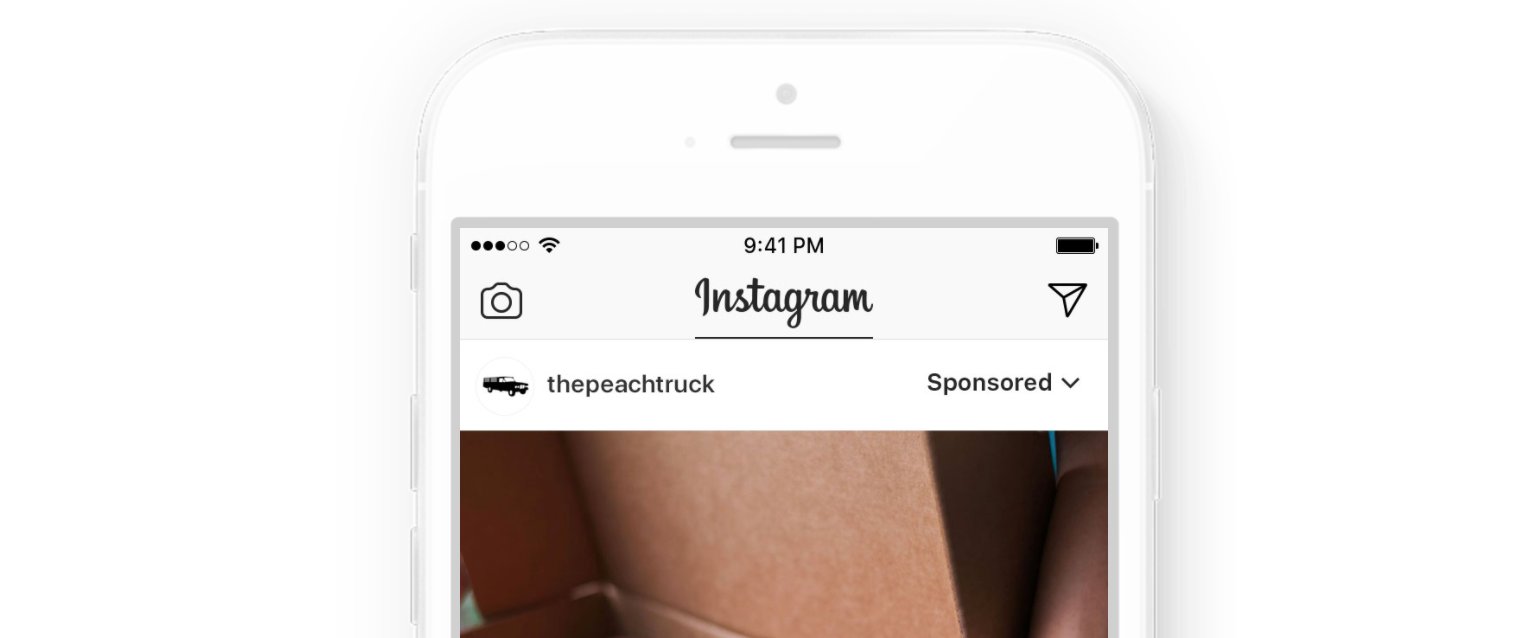
Instagram was never about advertisements, or re-targeting, or influencers and brand marketing—until Facebook bought it. In 2015, we started seeing streams of ads in our Instagram feeds, which often blend in so well, you almost miss which is the ad. Luckily though, for advertisers, Instagram also added “Shop Now” buttons to adds to make it really easy for someone to click on an ad and buy.
-

-

-

-

-

-

-

-

-

-

-

-

-

-

-

-

-

-

-

-

-

-

-

-

-

-

-

-

-

-

-

-

-

-

-

-

-

-

-

-


